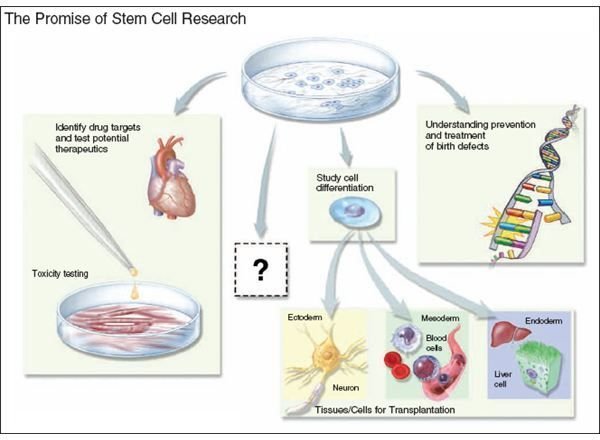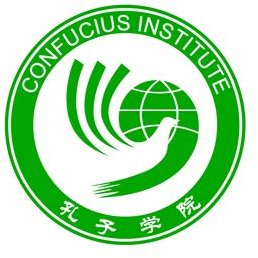Effective Collaboration Examples
Example 1:The Confucius Institute
The first of these collaboration examples involves China, which, as we are well aware, is a powerhouse in the world. Getting to know that country is, or should be, one of the goals of educators. That we must understand China, its language, its culture, and its politics is important. No doubt, the Chinese feel the same way about the US–that they must know what our country, culture, and language are like.
In that vein, the Confucius Institute is a collaboration between the University of South Carolina, China’s Ministry of Education, and Hanban, the office of the Chinese Language Council International. The effort is to allow Americans to see how to learn about things Chinese. In this way it will provide better understanding between the two countries.
Image: University of South Carolina
Example #2: Stem Cell Research
At the University of Massachusetts, five campuses will work together on establishing a world-class stem-cell research center using the government-approved stem-cell lines. The campuses are located in Boston, Amherst, Lowell, Dartmouth, and at the Medical School. These five campuses will work collaboratively to classify and do research at the biochemical level to better understand how cells develop and how they influence the development of ordinary cells. Without a single goal in mind, these five campuses would be pursuing different aspects of cellular development, with the possibility of duplicating efforts or missing relevant research. This collaboration example emphases that groupthink is important here because it allows them to see what results they are after.

Image: National Institute of Health
For a discussion about collaboration see: Tips on Collaborating Effectively
Example #3: Center for Collaborative Adaptive Sensing of the Atmosphere
Does global warming exist, or not? That question is one that the Center for Collaborative Adaptive Sensing of the Atmosphere is trying to answer, among others. This programs seeks to change the way we detect, monitor, and predict local or worldwide atmospheric phenomena. The process creates a distributed network of collaborative adaptive sensors. They sample the atmosphere at different locations where and when end user needs are greatest. The partners involved are the University of Oklahoma, University of Colorado, University of Massachusetts at Amherst, and the University of Puerto Rico, which will host the sensing technology.
When an atmospheric event takes place, the center records facts and data; it then transmits the information to the other test cites for analysis, which report back to the home center and to the other partners in the system. In this way the group activity for each center works to produce a constant update of information.

Image: Casa
Example #4: The Access Grid of the Argonne National Laboratory
The Argonne National Laboratories, Futures Laboratory designed and built the access grid. This is a collaborative tool that provides real-time video, text, audio, shared applications, and access to third-party resources like data storage services, computational clusters, and other features. The three Access Grid nodes that the CBC uses includes Northwestern University, the hosting site, the University of Chicago, and the University of Illinois at Chicago. However, there are numerous other sites that access and use the tools provided by the Argonne National Laboratoy. The map below shows the world-wide interest in this tool set.

One of the reasons that this collaboration tool is important is that it reduces costs in both hardware and software expenses. But at the same time it allows researchers all over the world to get together and pool their research findings. This is a unified process that accomplishes more collectively than individually, and so it makes a good collaboration example.
Image: Access-Grid
Summary
Collaboration involves multiple approaches to task solving. There is no one approach that dominates the collaborative system. However, if there is an analogy that we can present, think of collaboration as a football team playing a game. The 11 players have different tasks, different goals, and different approaches to each play. Yet the ultimate goal is to win the game. If they do not collaborate, if each acts as a “star” in his own accord, most likely the whole team will lose, because the game will be lost.
While in every group endeavor there are aspects of pride, self fulfillment, and accomplishment that can’t be subdued, the overall goal must be greater than the individual’s goal, or the goal will not be accomplished. In the collaboration examples seen here, all those human elements are present, but there is also the desire to accomplish something bigger, which comes with collaboration.
Sources
University of South Carolina: https://www.cas.sc.edu/dean/news/2008/1106-confucius.html
University of Massachusetts: https://www.umassmed.edu/10_26_07.aspx
Casa: https://casa.ece.uprm.edu/
Access Grid: https://www.accessgrid.org/home
For collaboration tools see: Top Online Free Collaboration Sites
